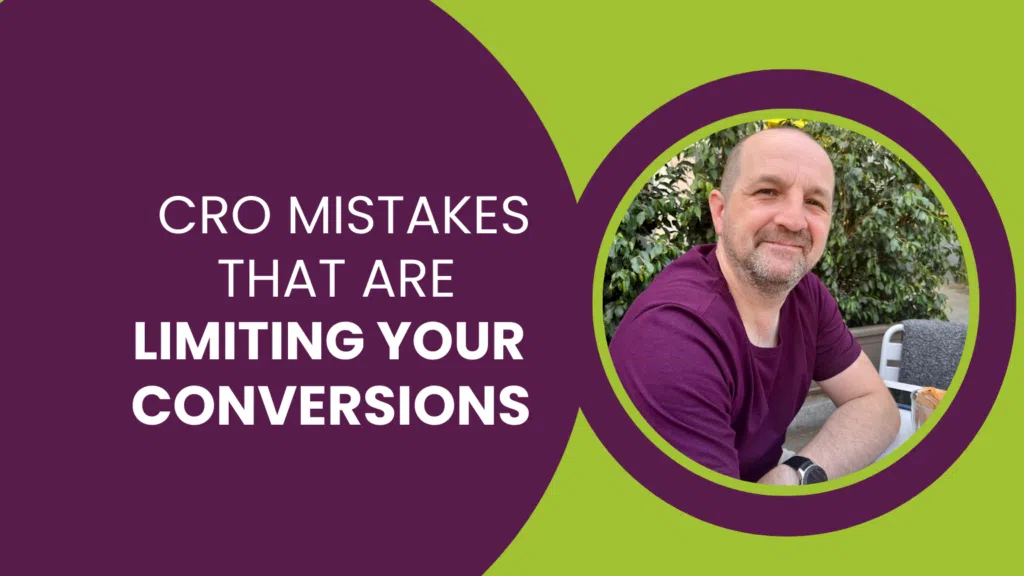How to Increase Traffic to an eCommerce Store
So you want to sell products online? You won’t get much traffic to your eCommerce store if no-one knows it is there. This is where an effective eCommerce marketing strategy comes in. Here are some of the best eCommerce marketing strategies to bring potential customers to your eCommerce website:
eCommerce Search Engine Marketing
Search Engine marketing is effective because it attracts traffic to your site at precisely the moment your customer is searching for products that you sell. There are a range of different Search Engines (not just Google) and those are also segmented in to different sub-sections of Search which you should exploit.
Paid Search Campaigns
You bid on keywords to get your ads to appear on Google searches that relate to your products. You can also show on Search Partners, which are sites that show Google Ads next to their own search results such as eBay and Amazon. See: My AdWords Ads are showing where?
If you decide to use this method, you can increase your traffic by advertising on the Bing and Yahoo search engines using Bing Ads.
Search Engine Optimisation
Use simple SEO techniques to optimise your pages for target search terms in order to get organic traffic to your website. In terms of ROI, SEO will typically generate the greatest return on investment, but is among the strategies that will take the longest to generate that return.
Shopping Engine Ads
Link the product feed from your website to Google AdWords to get your products to show in Google shopping, set up a Shopzilla Advertising campaign, advertising your inventory using Amazon Product Ads and using Kelkoo Ads to advertise your product inventory on a range of shopping engines.
Google AdWords Dynamic Search Ads
AdWords sends the Google spider to your site to assess your products and show them on Google Search for relevant searches. This is a quick way to bid on all your current products. Think of Dynamic Search Ads as sponsored SEO. Care should be taken with your site content though – you could potentially match irrelevant searches and waste budget on irrelevant traffic.
Display Campaigns
Google AdWords Display Campaigns
Use powerful imagery and ad copy to attract people to buy your products. Your ads target pages which contain target keywords you define, websites of a certain type, visitors with certain demographic and interest profiles and even specific sites (you’ll decide which is right for your business when you set campaigns up). These targeting methods can be combined to get your ads in front of the right people, at the right point in the sales cycle.
Remarketing Campaigns for eCommerce
Visitors to your site are automatically added to a remarketing audience who are shown ads when they visit other websites and social media platforms. Remarketing is a powerful strategy to increase returning visitors to your site and to increase recognition and trust in your brand. Remarketing ads can be shown on the Google Display Network, on Twitter using promoted tweets or accounts or on Facebook using promoted posts.
Specifically for eCommerce stores, Dynamic Remarketing is a highly-relevant strategy, combining your Google Shopping feed and remarketing audience targeting to “follow” users with banner ads containing products that they viewed on your website. See: Dynamic remarketing.
Our AdWords Management Services
Social Pay per Click for eCommerce
Facebook Ad Campaigns
You can use Facebook advertising your products to target demographics to increase your audience, build trust in your brand and send traffic your Facebook page or website.
Remarketing campaigns can be used or your own email lists uploaded to create Facebook custom audiences, increasing returning visitors to your website.
Twitter Ad Campaigns
Twitter PPC Advertising can be used to advertise your products to Twitter users, targeting demographics and interests and within a limited geographical area. Like Facebook, this strategy is designed to increase your audience, increase trust in your brand and to send traffic to products on your website.
Like Google AdWords Display and Facebook, Twitter also has a remarketing option to target visitors to your website after they’ve left.
You can also upload your email address list and target those users with Twitter accounts with promoted tweets or to increase your Twitter following.
Promotions and Competitions
Use a combination of social media and email to advertise current promotions and special offers to drive traffic to your website. Try creating competitions to increase engagement and the reach of your brand.
Increase Engagement on Social Media
Use a combination of social networks to attract the right people to your company page, tell them about the company, the products, offers, related content from other sources and most importantly respond to them when they talk to you. This will boost your brand and create an engaged audience of followers who are more likely to buy from you and to recommend your online store to others.
Using Twitter, find Twitter chat hours that relate to your business and engage in conversation regularly there, creating relationships and building a reputation amongst your audience.
Measuring and Improving eCommerce Performance Using Analytics
Google Analytics is an invaluable tool for measuring the performance of the combination of campaigns in your eCommerce marketing strategy.
For those businesses operating on Amazon wanting to keep track of the performance of their product, there are many tools available to help conduct keyword analysis such as the Jungle Scout tool.
eCommerce tracking will help measure how your marketing streams combine and support each other, to see how individual products perform, assess the checkout process on your site to see where you’re leaking sales and much more to help you increase sales from the traffic you already get to your website.
You can use a combination of these methods to formulate the best eCommerce marketing strategy for your business. The strategy you use will need to take into account a number of factors:
- The type of products you are selling
- Your target audience
- The budget you can afford to spend
- The amount of time you have to invest in marketing
These are the best eCommerce marketing strategies you should consider for your business, but there are many more.
Speak with a Specialist Our eCommerce Marketing Services







